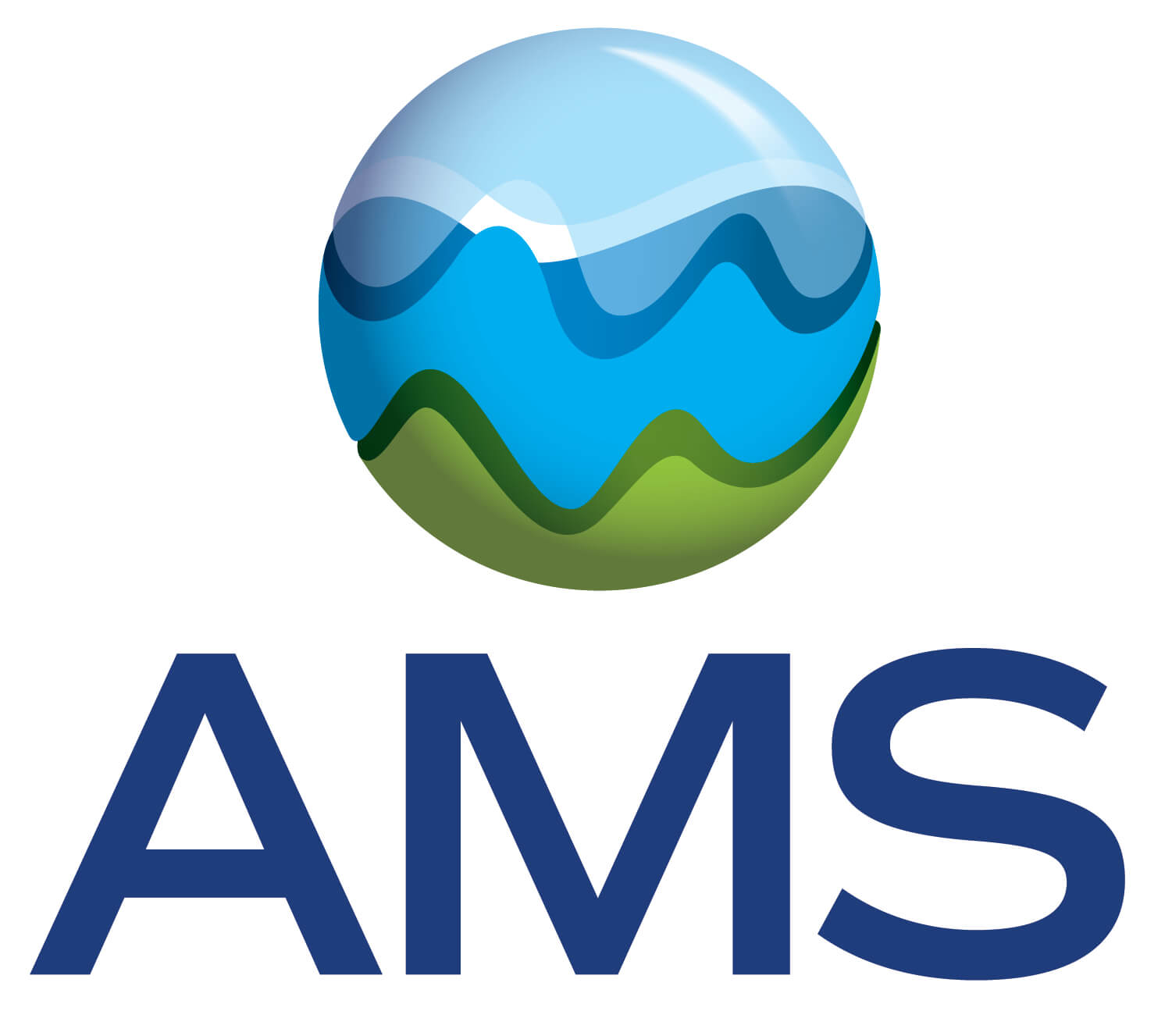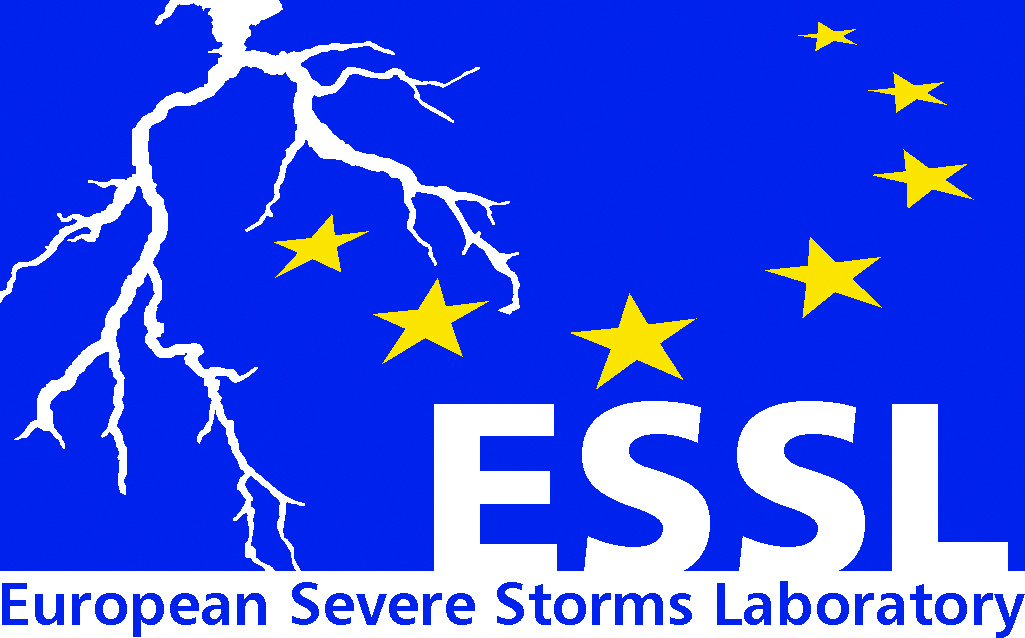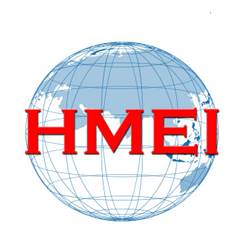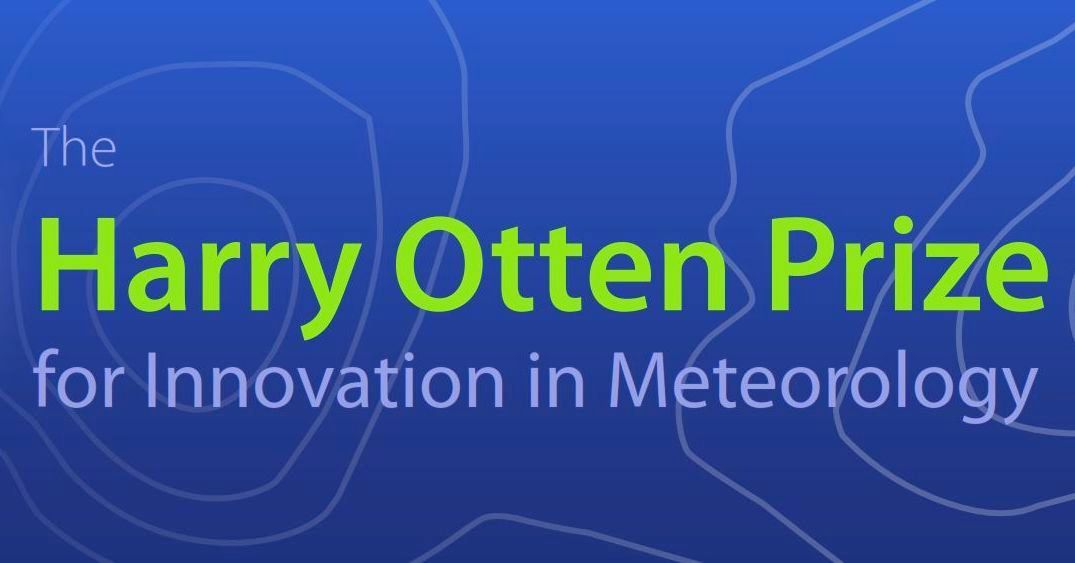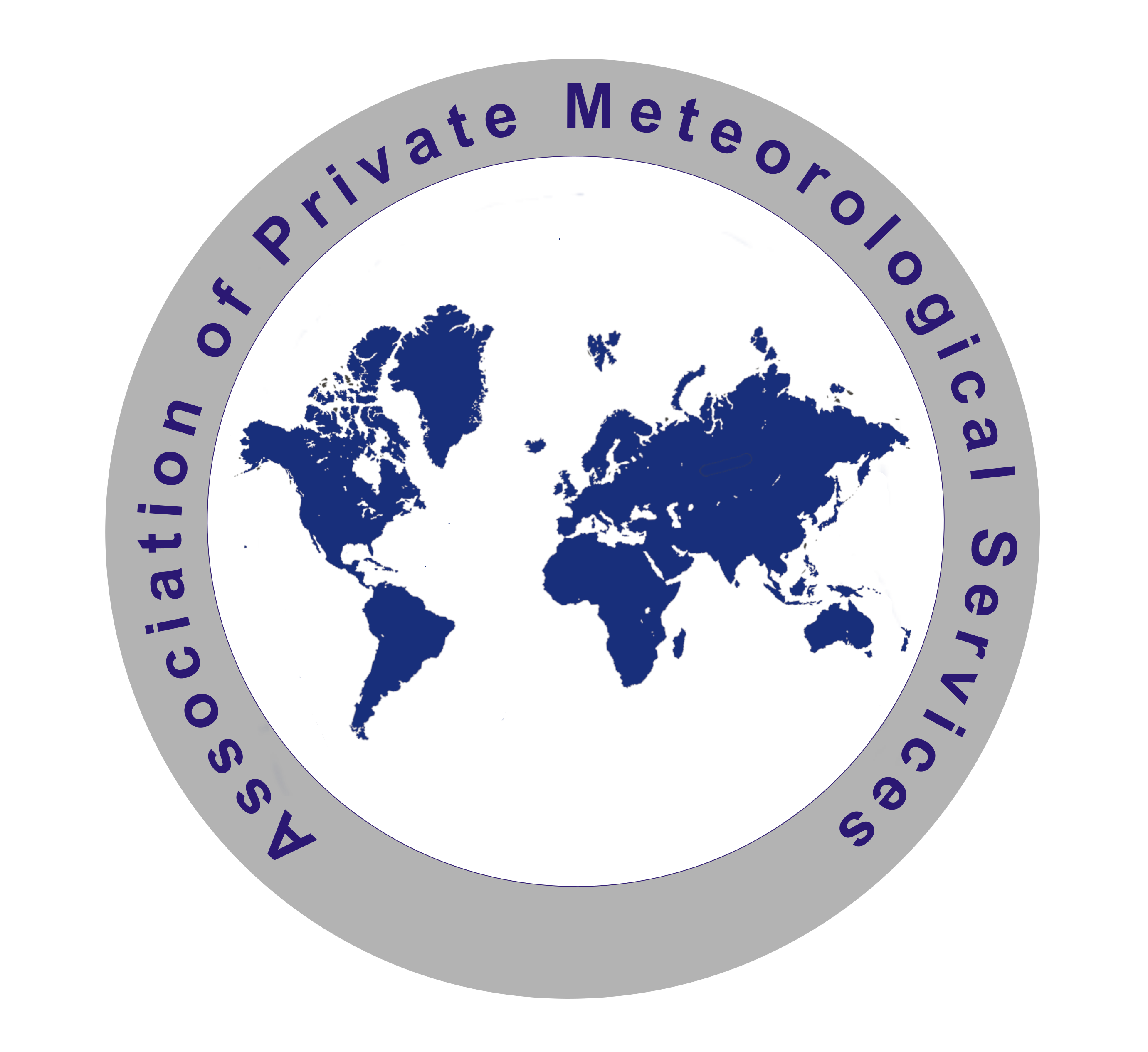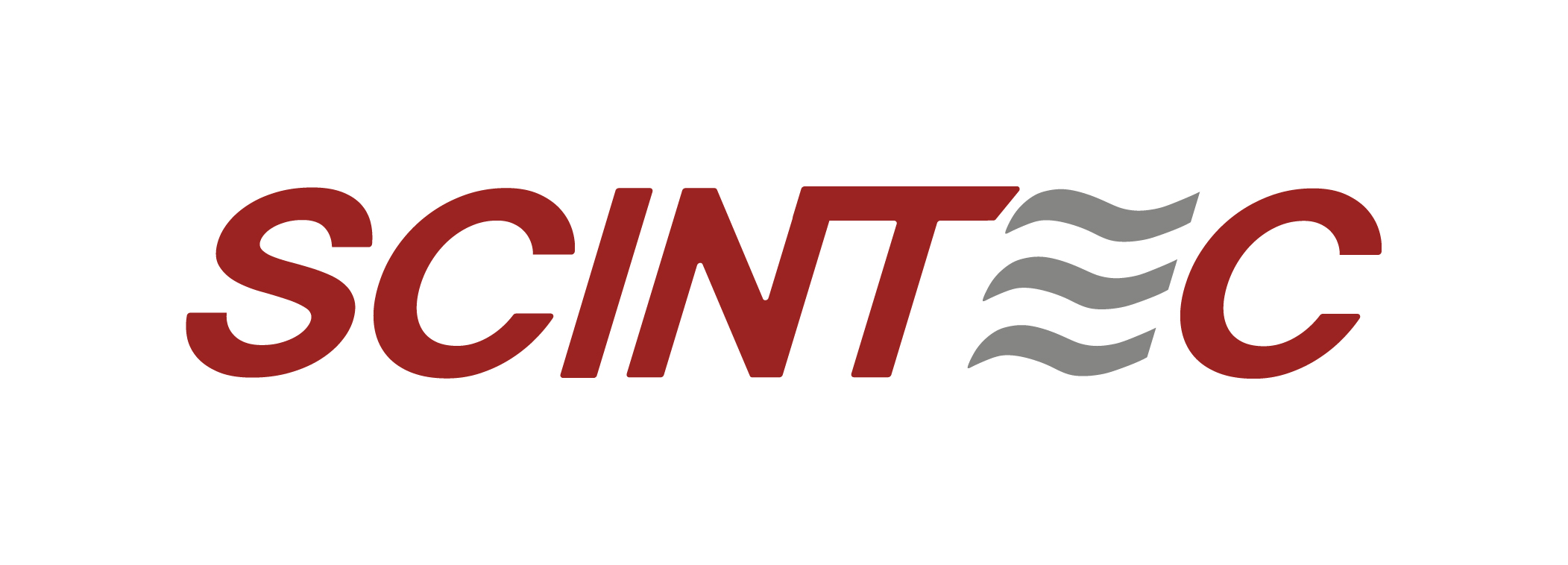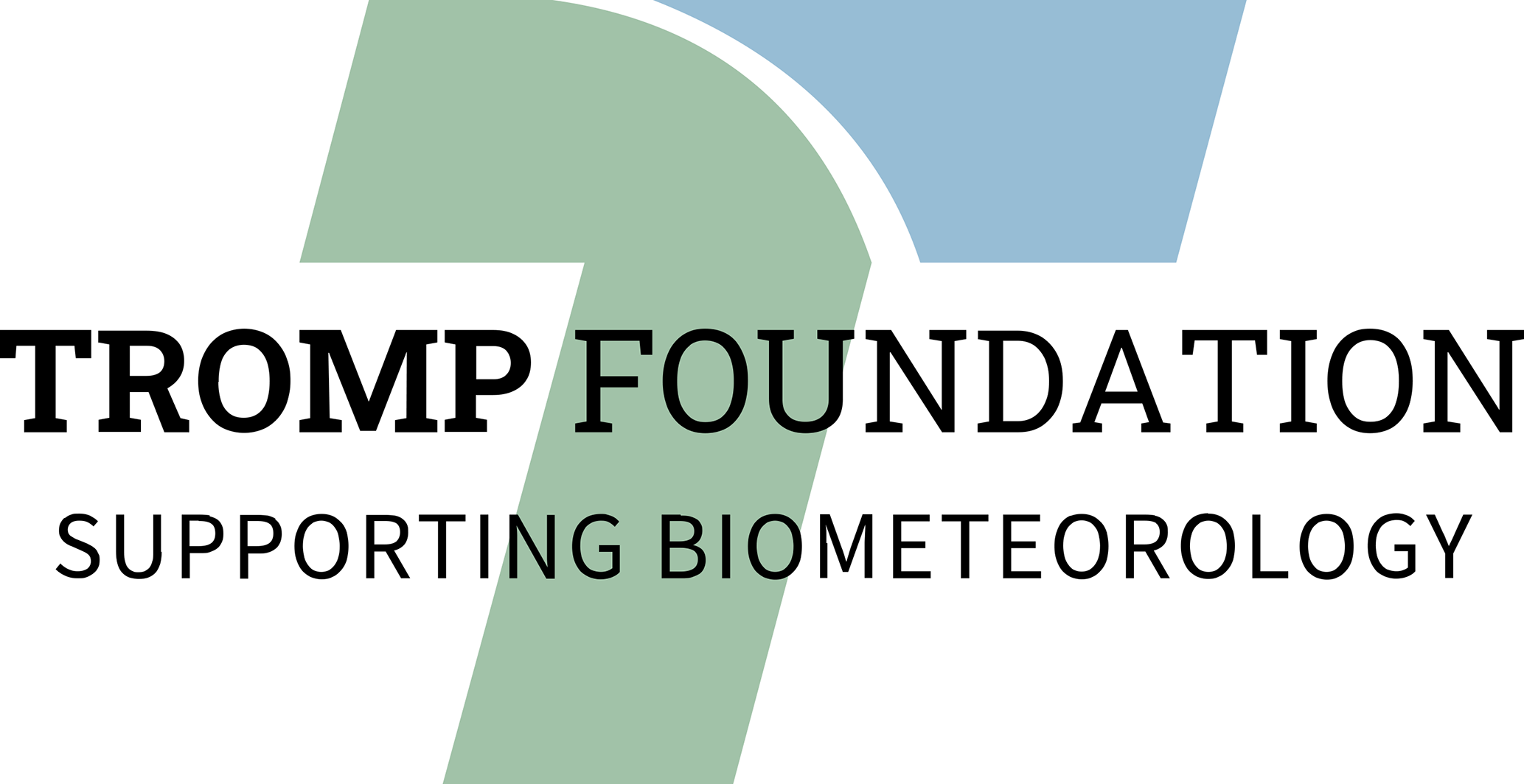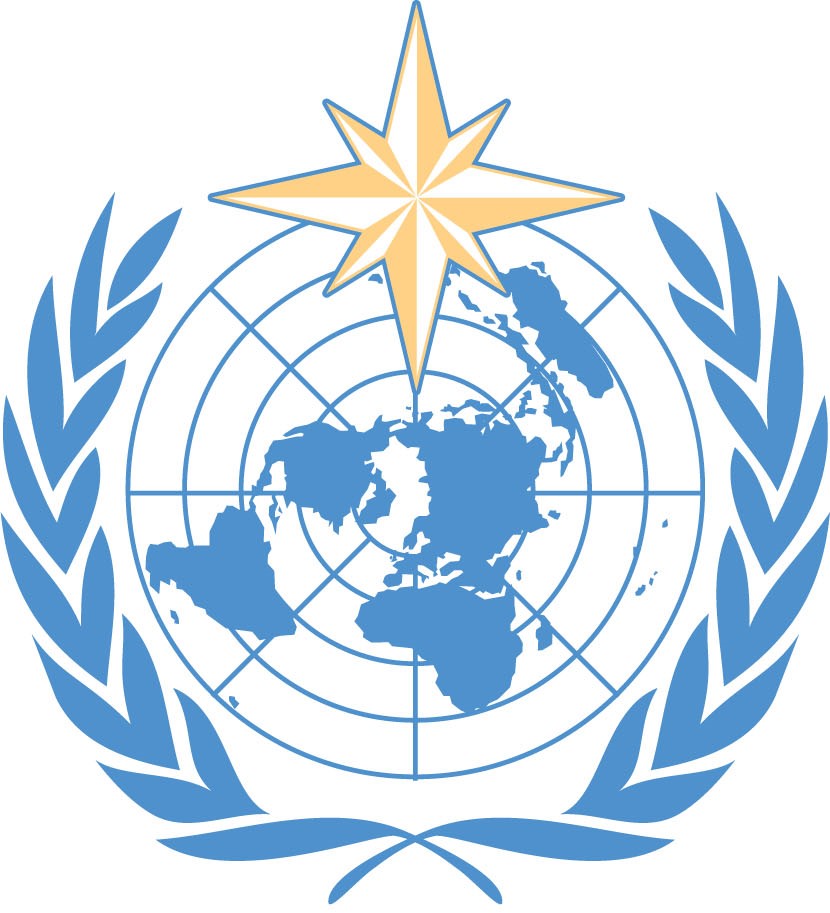Exploring the use of urban imagery for representation of urban fabric in the SLUCM
- 1Environment and Sustainability Section, Netherlands eScience Center, Amsterdam, Netherlands (c.donnelly@esciencecenter.nl)
- 2Meteorology and Air Quality Section, Wageningen University, Wageningen, Netherlands (gert-jan.steeneveld@wur.nl)
- 3Department of Water Resources, ITC Faculty of Geo-Information Science and Earth Observation, University of Twente, Enschede, Netherlands (w.j.timmermans@utwente.nl)
Cities experience the urban heat island effect (UHI), i.e. cities are warmer than the countryside. Climate change and rapid urbanization means UHI effects are projected to become more frequent, and better UHI modelling and warning strategies against adverse human thermal comfort are thus needed. Urban temperatures vary locally due to the presence of buildings, trees, water bodies that affect the absorbed solar radiation, the wind speed and evapotranspiration. Urban weather models typically use so called urban canopy models to estimate the energy and radiation balance of facets like roofs, walls and roads, and calculate temperatures and wind speeds in streets canyons. For successful modelling, these models need high-resolution urban morphology information as surface boundary conditions, like building height, street width, tree positions, building material and radiation properties of roofs, roads and building walls. Recent model development focused on mapping buildings and trees following the so called NUDAPT approach to quantify intra-urban UHI patterns, but spatial information about radiation properties of roofs, roads and building walls has not been mapped nor incorporated in urban canopy models.
In the Urban-M4 project we aim to collect high-resolution radiation information of walls and roads, from widely available data sources such as street view imagery, public databases and airborne observations. These gridded data will feed into hectometric WRF model simulations for Amsterdam and Enschede (The Netherlands) for hot summer days. Here we present a framework for the project as well as the experimental setup for our WRF simulations and some initial results from sensitivity experiments gauging the effect of changing radiation information on urban heat in Amsterdam.
How to cite: Kalverla, P., Donnelly, C., Steeneveld, G.-J., and Timmermans, W.: Exploring the use of urban imagery for representation of urban fabric in the SLUCM, EMS Annual Meeting 2024, Barcelona, Spain, 1–6 Sep 2024, EMS2024-991, https://doi.org/10.5194/ems2024-991, 2024.

